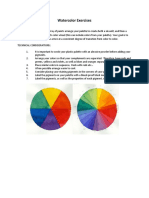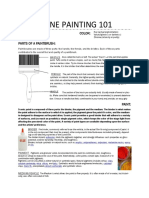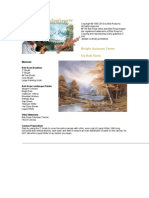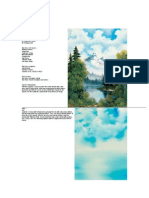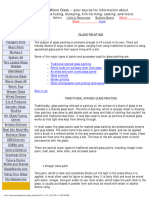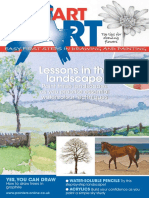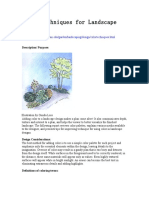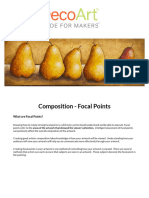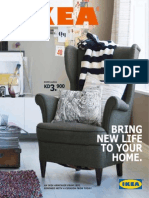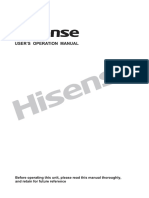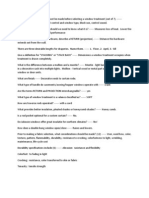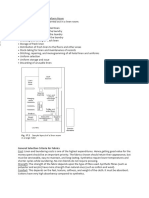0% found this document useful (0 votes)
30 views15 pagesGlass Openings Lecture Notes
Glass-openings-lecture-notes
Uploaded by
jgba2023-2563-22989Copyright
© © All Rights Reserved
We take content rights seriously. If you suspect this is your content, claim it here.
Available Formats
Download as DOCX, PDF, TXT or read online on Scribd
0% found this document useful (0 votes)
30 views15 pagesGlass Openings Lecture Notes
Glass-openings-lecture-notes
Uploaded by
jgba2023-2563-22989Copyright
© © All Rights Reserved
We take content rights seriously. If you suspect this is your content, claim it here.
Available Formats
Download as DOCX, PDF, TXT or read online on Scribd
/ 15




